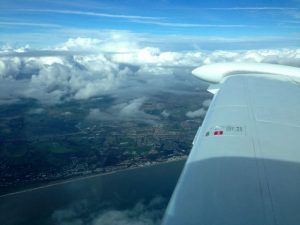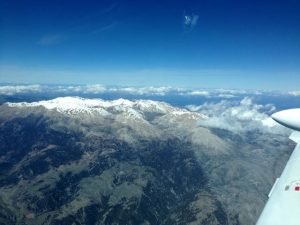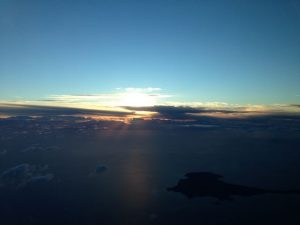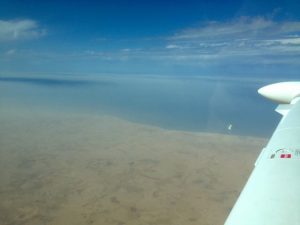It was a successful and very enjoyable adventure with no hairy moments. As with all such ventures, the secret to success comes in careful and detailed planning, ensuring the handlers knew in advance exactly what was required, particularly as regards avgas supplies. Within reason, the fewer stops the better and the bonanza is well endowed with a still air range of 1,350nm. Aircraft with lesser ranges can and do make the trip but the logistics become more complicated and expensive. Weather for the African part of the route at this time of year is not an issue. Except within Kenya where we flew VFR, all legs were on IFR plans although in practice, VMC prevailed albeit on occasions over thick dusty haze below us. Weather for the European part of the route at this time of year is necessarily more uncertain but on the whole was not bad, with occasional IMC and light icing.
We can certainly recommend G A S E who provided a much more comprehensive service than the traditional overflight agents; Ahmed’s ability to change our route approval in Egypt at very short notice was second to none. In a tourism context both Egypt and Kenya are very quiet at the moment and would certainly like to see more tourists around. Within Europe, we aimed for turnaround times of about an hour. In Africa, 75 to 90 minutes was more the norm but where refuelling was from barrel, two hours turnaround should be allowed for.
In all, the total distance covered was just under 9,900nm in a flight time of 68 hours 40 mins.
If any pilot reading this would like more detailed information to undertake a similar trip, they are welcome to email me for this – gajb@corsock.com





